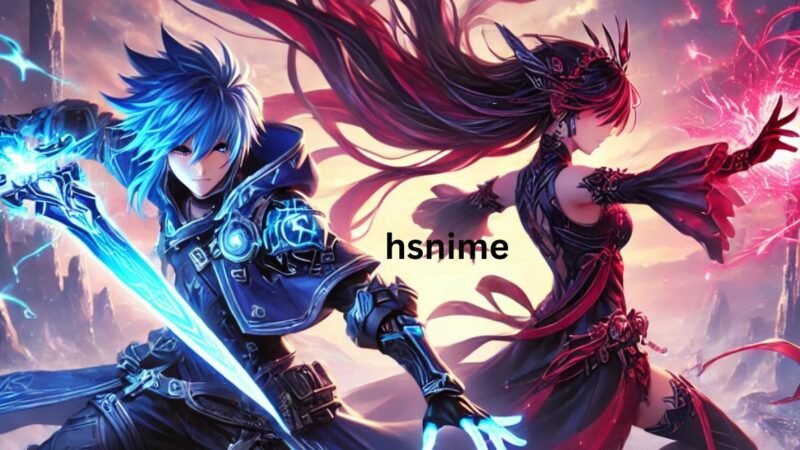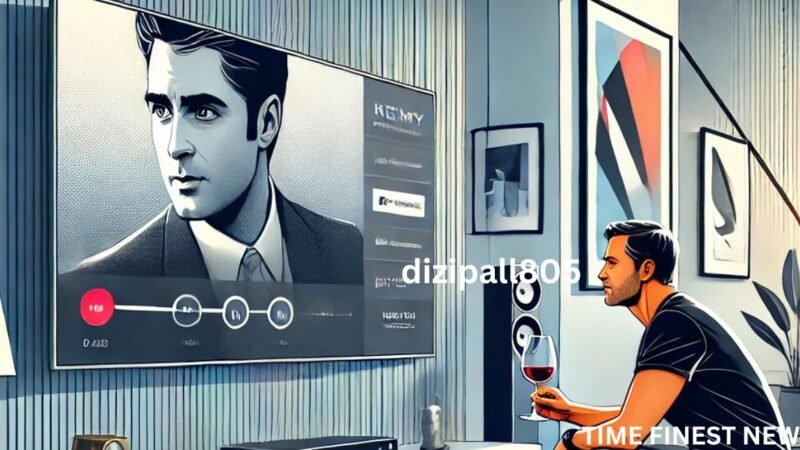The Unique Artistic Legacy of Viasa Volava a Uruguay

Viasa Volava a Uruguay stands as a unique and enduring artistic entity within the cultural landscape of Uruguay. This collaborative duo, comprised of visual artist Clever Lara (born 1954) and poet Jorge Arbeiza (born 1953), has defied traditional artistic boundaries for over four decades. Their work seamlessly blends visual art and poetry, creating a captivating interplay between words and images that transcends language and speaks to a universal human experience.
Early Years and Artistic Formation
Both Lara and Arbeiza hail from Salto, a city nestled in northwestern Uruguay. Their artistic journeys began independently, with Lara drawn to the expressive power of visual art and Arbeiza captivated by the evocative nature of language. However, their paths converged in the early 1970s while attending the School of Fine Arts at the University of the Republic in Montevideo. The burgeoning artistic scene of the Uruguayan capital fostered a spirit of experimentation and collaboration, and it was within this milieu that Lara and Arbeiza discovered a shared artistic vision.
Their artistic partnership blossomed under the moniker Viasa Volava a Uruguay, a name that evokes a sense of movement, flight, and the boundless potential of artistic expression. The duo drew inspiration from a variety of sources, including Surrealism, Dadaism, and the rich literary heritage of Latin America. The works of Uruguayan writers such as Juan Carlos Onetti and Mario Benedetti resonated deeply with their artistic sensibilities, shaping their exploration of themes like alienation, identity, and the human condition.
A Fusion of Words and Images
Viasa Volava a Uruguay’s artistic practice revolves around the creation of mixed-media installations that combine visual elements with poetry. Lara’s paintings and sculptures serve as the foundation for these installations, often featuring dreamlike imagery and symbolic figures. Arbeiza’s evocative poems then interweave with these visuals, adding layers of meaning and narrative. The poems are not merely captions or explanations; they act as independent voices that engage in a dialogue with the visual components, creating a dynamic interplay between the seen and the unseen.
The materials employed by Viasa Volava a Uruguay are as diverse as their artistic vision. They readily incorporate unconventional objects like found wood, metal scraps, and everyday items into their installations. This use of everyday materials imbues their work with a sense of accessibility and universality, inviting viewers to connect with the deeper themes explored within.
One of Viasa Volava a Uruguay’s most celebrated works is titled “La Valija Viajera” (The Traveling Suitcase). This installation features a weathered suitcase overflowing with Lara’s paintings and Arbeiza’s poems. The suitcase itself becomes a metaphor for memory, exile, and the yearning for belonging. The disparate elements within the suitcase coalesce into a powerful narrative that resonates with viewers on a personal level.
Exhibitions and International Recognition
Viasa Volava a Uruguay’s artistic achievements have garnered international recognition. Their work has been exhibited extensively throughout South America, Europe, and the United States. They have participated in prestigious biennials like the Venice Biennale and the Mercosul Biennial, showcasing their unique artistic voice to a global audience.
In 2010, Viasa Volava a Uruguay received the National Plastic Arts Prize from the Ministry of Education and Culture of Uruguay, a testament to their enduring contribution to the nation’s artistic heritage. Their work continues to be collected by museums and private institutions worldwide, ensuring their legacy is preserved for future generations.
Beyond Borders: The Enduring Legacy of Viasa Volava a Uruguay
The artistic collaboration of Viasa Volava a Uruguay transcends the limitations of language and geography. Their work speaks to a universal human experience, exploring themes of memory, identity, and the human condition. By fusing visual art and poetry, they create a captivating dialogue that invites viewers to engage with their art on a deeper level.
Viasa Volava a Uruguay’s legacy extends beyond the walls of galleries and museums. Their artistic practice serves as an inspiration for aspiring artists, demonstrating the transformative power of collaboration and the boundless possibilities that arise when different artistic disciplines converge. Their work continues to spark conversations, challenge artistic conventions, and enrich the cultural tapestry of Uruguay and beyond.
Delving Deeper into Viasa Volava a Uruguay
The world of Viasa Volava a Uruguay offers a treasure trove for those seeking to delve deeper into their artistic practice. Here, we can explore some specific aspects that contribute to the richness and complexity of their work.
Technique and Materiality
Viasa Volava a Uruguay’s installations are not merely a collection of disparate elements; they are meticulously crafted environments where each component plays a vital role. Lara’s paintings often employ a mixed-media approach, incorporating acrylics, oils, and collage techniques. His dreamlike figures and symbolic imagery are often rendered in a muted palette, creating a sense of mystery and introspection. The textures and surfaces of his paintings add depth and intrigue, inviting viewers to examine the details and lose themselves in the visual narrative.
Arbeiza’s poems, on the other hand, function as both visual and thematic elements within the installations. He often handwrites his poems on unconventional materials like scraps of paper, fabric, or even directly onto Lara’s paintings. This physical integration of the poems reinforces the interconnectedness of words and images, blurring the lines between the visual and the literary.
The duo’s use of found objects further enriches the materiality of their work. Weathered suitcases, rusty metal pieces, and everyday items are transformed into powerful symbols, imbuing their installations with a sense of history and lived experience. The juxtaposition of these everyday materials with the more traditional artistic mediums creates a tension that invites viewers to question their preconceived notions about art and its creation.
Recurring Themes and Symbols
Viasa Volava a Uruguay’s artistic exploration centers on a range of recurring themes that resonate with the human experience. Memory is a central thread, woven into their installations through the use of suitcases, fragmented imagery, and evocative poems. The concept of exile, both physical and emotional, finds expression in their work, reflecting the turbulent political history of Uruguay during their formative years.
The human condition is another recurring theme, explored through universal symbols like figures with veiled faces, labyrinthine pathways, and objects of displacement. Their work often evokes a sense of melancholy and longing, yet it also leaves room for hope and the possibility of transcendence.
In Dialogue with Art Movements
Viasa Volava a Uruguay’s artistic practice shares certain characteristics with various art movements. The influence of Surrealism is evident in their dreamlike imagery and exploration of the subconscious. Their use of found objects and unconventional materials echoes the spirit of Dadaism, a movement that challenged artistic conventions. Furthermore, their collaborative approach and focus on interdisciplinarity find resonance with movements like Fluxus, which blurred the boundaries between different artistic mediums.
However, Viasa Volava a Uruguay’s work remains distinct, forging its own path within the broader artistic landscape. Their focus on poetry as an integral part of their installations sets them apart from traditional mixed-media artists. Additionally, their deep connection to their Uruguayan heritage imbues their work with a unique cultural flavor.
The Socio-Political Context
Understanding the socio-political climate of Uruguay during Viasa Volava a Uruguay’s formative years sheds light on the development of their artistic vision. The country endured a period of dictatorship from 1973 to 1985, marked by repression, exile, and a sense of national identity under threat. These experiences undoubtedly influenced their exploration of themes like memory, exile, and the search for meaning in a world fraught with uncertainty.
The use of found objects and unconventional materials in their work can also be interpreted as a response to the limitations imposed by the dictatorship. By incorporating everyday materials, they defied artistic censorship and found a way to express themselves authentically.
Viasa Volava a Uruguay’s work serves as a testament to the resilience of the human spirit and the power of art to transcend political turmoil. Their installations offer a space for reflection on the complexities of human experience, prompting viewers to confront their own memories and grapple with the challenges of their time.
Conclusion
In conclusion, Viasa Volava a Uruguay’s artistic legacy extends far beyond the walls of galleries and museums. Their work compels us to confront universal themes, challenges artistic conventions, and celebrates the power of collaboration. By delving deeper into the techniques, materials, themes, and historical context that inform their practice, we gain a richer appreciation for their unique contribution to the world of art.
FAQs
Who are the artists behind Viasa Volava a Uruguay?
Viasa Volava a Uruguay is a collaborative duo comprised of visual artist Clever Lara and poet Jorge Arbeiza.
What is the main focus of Viasa Volava a Uruguay’s work?
Their work focuses on the fusion of visual art and poetry, exploring themes like memory, exile, and the human condition.
Where have Viasa Volava a Uruguay exhibited their work?
They have exhibited their work extensively throughout South America, Europe, and the United States, including prestigious biennials like the Venice Biennale and the Mercosul Biennial.
What are some recurring themes in Viasa Volava a Uruguay’s installations?
Recurring themes include memory, exile, the human condition, and the interplay between visual art and poetry.
How do Viasa Volava a Uruguay integrate poetry into their installations?
Arbeiza’s poems are often handwritten on unconventional materials and integrated into Lara’s visual compositions, creating a dynamic interplay between words and images.
What recognition have Viasa Volava a Uruguay received?
In 2010, they received the National Plastic Arts Prize from the Ministry of Education and Culture of Uruguay, among other international recognitions.





